The Cagsawa Ruins are a significant historical and cultural site located in Barangay Busay, Daraga, Albay, Philippines. They are the remnants of a 16th-century Franciscan church, known for its tragic destruction during the catastrophic eruption of the Mayon Volcano on February 1, 1814. This event led to the loss of over a thousand lives, including an estimate of 1,200 people who took refuge in the church during the eruption. The incident left only the belfry standing.
If you are interested in joining a day tour of the historic Cagsawa Ruins in the Philippines, where you can witness the remnants of Daraga town post the violent 1814 Mayon Volcano eruption, marvel at the iconic belfry, learn about the Cagsawa Church and Bicol province from an English-speaking guide, and enjoy hassle-free round-trip transfers to and from Legazpi, you can check this out: Cagsawa Ruins Tour from Legazpi.
The original town of Cagsawa was established in 1587 but faced multiple devastations. It was first destroyed by Dutch pirates in 1636 and later rebuilt in 1724 by Fr. Francisco Blanco. The church stood until the Mayon Volcano’s most violent eruption in 1814, which buried the town and led to the current state of the ruins.
Cultural and Tourist Attraction
Today, the Cagsawa Ruins are a major tourist attraction, offering a picturesque view against the backdrop of the Mayon Volcano. The site has been declared a national cultural treasure and is protected within Cagsawa Park. Visitors can find food, souvenirs, and activities like ATV rides near the park. The Cagsawa National Museum, a branch of the National Museum of the Philippines, is also located nearby, providing educational insights into the volcanic eruptions of Mount Mayon and the region’s history.
Preservation and Legacy
The ruins, particularly the belfry, stand as a symbol of the dangers of living near an active volcano. Despite facing natural calamities like Typhoon Reming in 2006, the ruins remained unharmed, further cementing their resilience as a historical landmark. The site is maintained by the municipal government of Daraga and the National Museum of the Philippines, ensuring its preservation for future generations.
Preservation and Legacy
The ruins, particularly the belfry, stand as a symbol of the dangers of living near an active volcano. Despite facing natural calamities like Typhoon Reming in 2006, the ruins remained unharmed, further cementing their resilience as a historical landmark. The site is maintained by the municipal government of Daraga and the National Museum of the Philippines, ensuring its preservation for future generations.
Visitor Information
OPENING HOURS: The park is open from 6:00 to 18:00, and it’s recommended to allocate 2-3 hours for sightseeing.
ENTRANCE FEE: The fee is PHP 35 per person. Prices are subject to change, so it’s a good idea to check for the most current rates upon arrival.
WHERE TO STAY: You can visit my list of cheap accommodations in Legazpi City here: CHEAP ACCOMMODATIONS IN LEGAZPI CITY
HOW TO GET TO CAGSAWA RUINS:
-
You first need to get to Legazpi City. You can do this by air or by land:
-
By air via Cebu Pacific Air or Philippines Airlines
-
By land via DLTB, Isarog Line and Alps the Bus: BOOK BUS TICKETS HERE
-
-
From any point in Legazpi City, take a tricycle to the jeepney terminal.
-
At the jeepney terminal, look for a jeepney going to Guinsiliban or one that’s bound for Ligao, Camalig, Libon, Guinobatan, Oas or Polangui.
-
Inform the driver that you wish to be dropped off at Cagsawa Ruins.
-
You will see a Cagsawa Ruins signage at your right and from there, it should be a few minutes walk.
WHAT TO DO IN CAGSAWA RUINS:
The park is home to various activities, such as ATV rides that take visitors closer to the volcano. The Cagsawa National Museum, a branch of the National Museum of the Philippines, is located nearby, offering educational insights into the region’s history and the volcanic eruptions of Mount Mayon.
In the vicinity of the Cagsawa Ruins, there are several souvenir shops where tourists can buy native products such as bags, pouches, wallets as well as shirts, magnets and keychains. Postcards, showcasing the beauty of the Mayon Volcano are also available.
The park is a perfect spot for photography, with the remnants of the church and the majestic Mayon Volcano providing a stunning backdrop. The wooden cross placed where the church altar used to be adds to the historical significance of the site. Staff from the town’s tourism are also in the area to help tourists take creative photos with the Mayon Volcano and the Cagsawa Ruins. They would usually take a lot of creative shots and ask you to do a lot of funny poses. The staff would normally not ask for any payment but donations in any amount would be most welcome.
ALSO READ: Daraga Church, Mayon Volcano, Tabaco Church

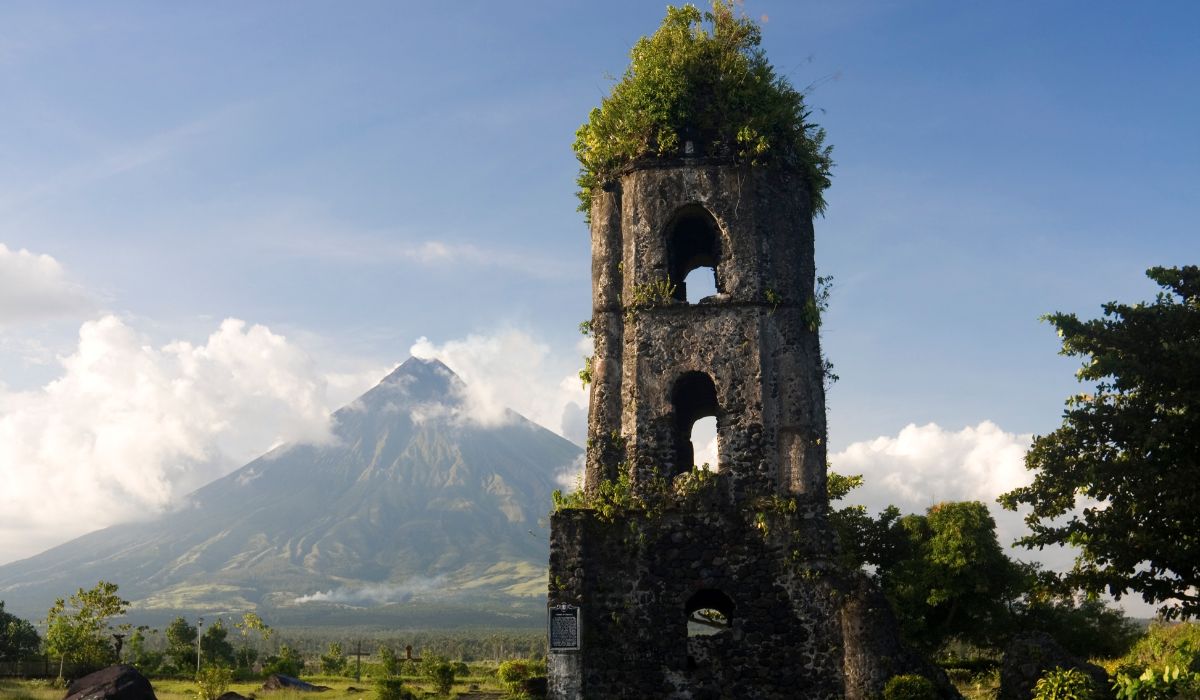
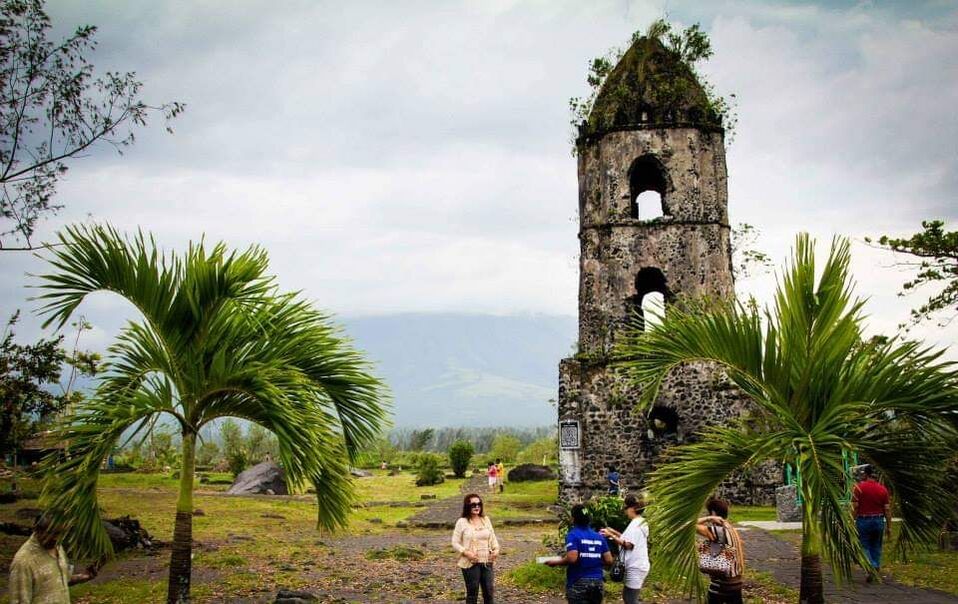



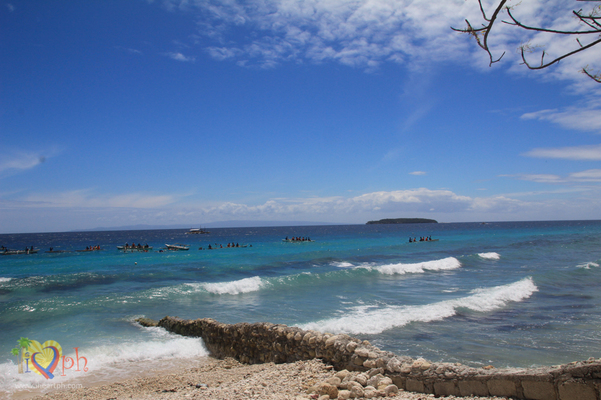
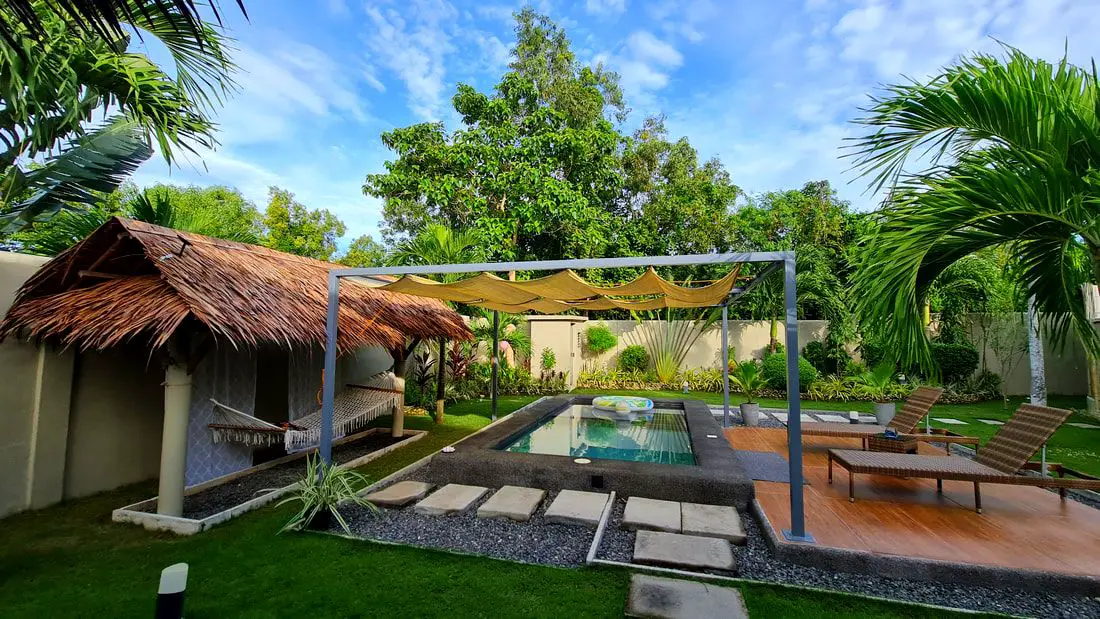

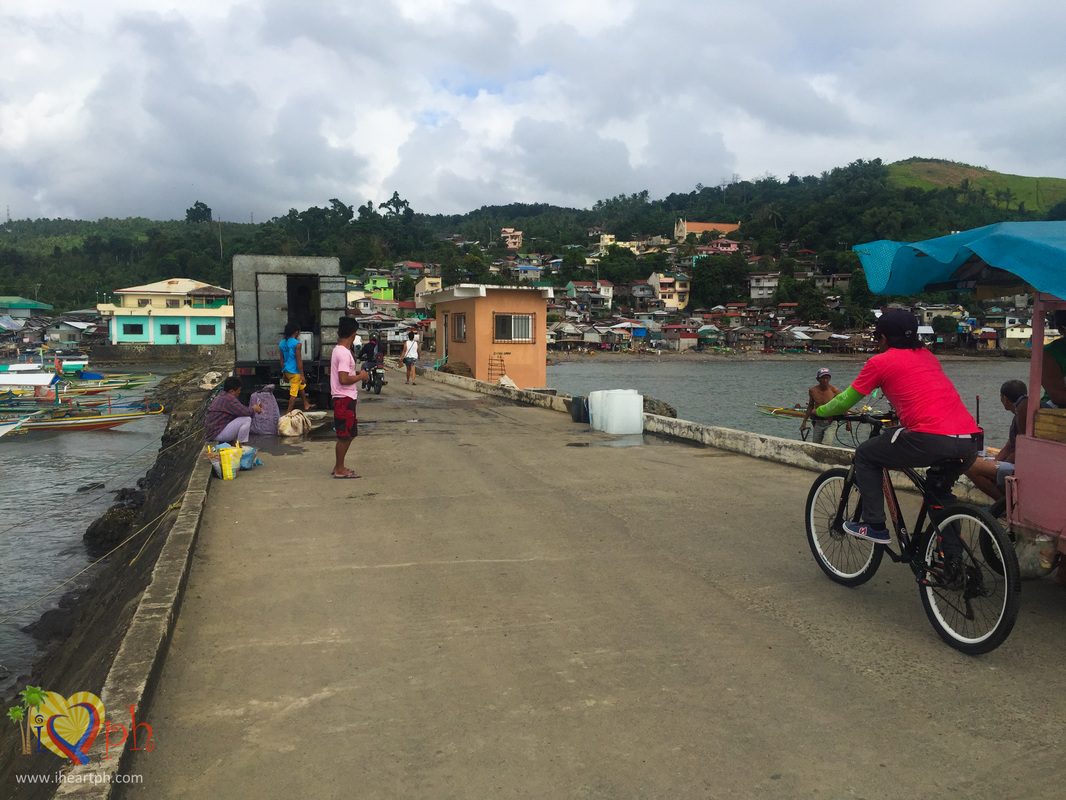
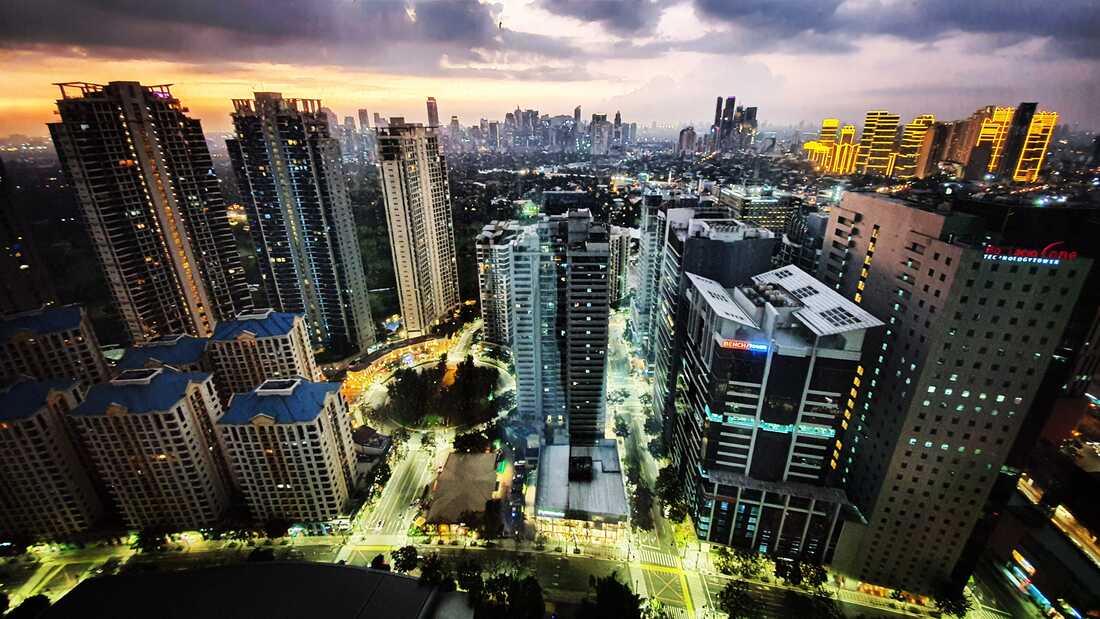

Leave a Reply